It can often feel overwhelming to see so many issues in the United States relating to health disparities. Low-income communities of color often deal with more chronic diseases, more environmental pollution, and less access to healthcare.
We often just react to problems and try to fix everything rather than prevent it and address the root causes. Often, money is not invested in public health and is seen as too expensive to invest in, but it can actually save money. The healthcare system in the US faces skyrocketing costs, high chronic disease, and poor population health.
During my trip to Costa Rica, I wanted to see what I could learn from public health efforts and how they could possibly be applied to the US. I actually did not know much about public health until college but it is all around us from the seat belts we wear, to vaccines to tobacco prevention ads. I realized recently that I wanted to work in public health and address to root causes to prevent problems from happening in the first place.
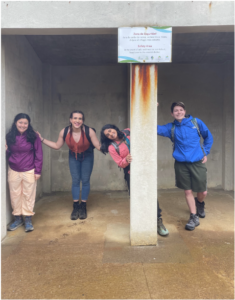
Figure 1. Students, Zoe Reich, Yiraldo Campos, Anya Gowda, and Philip Litvak Underneath Shelter
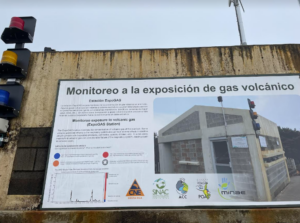
Figure 2. Information on Importance of Gas Monitoring System for Safety
Like I mentioned public health is everywhere so when I went to Costa Rica I saw it in the emergency shelters created at the Poás Volcano after the recent 2017 eruption to improve safety measures. Outside the shelter they also provided information on how they would monitor gases to make sure everyone could be safe. These are smart investments, this is prevention, this is learning from the past.
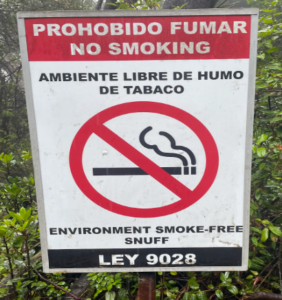
Figure 3. No Smoking Signs
Just like the US I also saw public health in the “no smoking” signs. Every country has different laws regarding tobacco use but Costa Rica has a big emphasis on having a clean environment as well as healthy people.
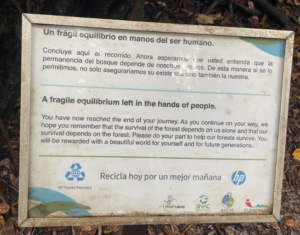
Figure 4. Sign reminding us to take care of nature and it will take care of us
One more instance I saw of public health was in educational signs throughout our trip reminding to be more aware of nature and our own health. We would be hiking on volcano and through health education we were able to better understand our surroundings and feel more present.
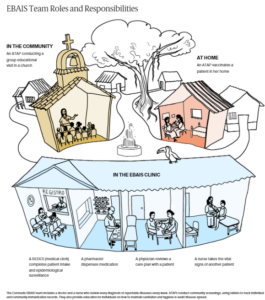
Figure 5. EBAIS Team roles & responsibilities
Not only did I see effective public measures throughout my trip, but I also learned about the effective healthcare system they have. They have equipo básico de atención integral de salud (EBAIS) teams which is each integrated primary health care (PHC) team that provides comprehensive and coordinated PHC. This multidisciplinary healthcare is something we can try adapting in the US along with properly train community health workers in underserved communities.
Today, life expectancy in Costa Rica approaches 81 years. In the U.S., by contrast, it’s at 76 and for marginalized communities it is even less. We must invest in public health to address health disparities and protect everyone’s right to a healthy life
Sources
https://www.commonwealthfund.org/publications/case-study/2021/mar/community-oriented-primary-care-lessons-costa-rica
https://www.improvingphc.org/costa-rica-population-health-management
https://www.hsph.harvard.edu/news/features/former-costa-rican-president-alvarado-describes-his-countrys-public-health-successes/
https://www.imf.org/en/News/Articles/2022/03/09/cf-costa-rica-prioritizes-public-health
Figure 1-4: Photos taken by Anya Gowda